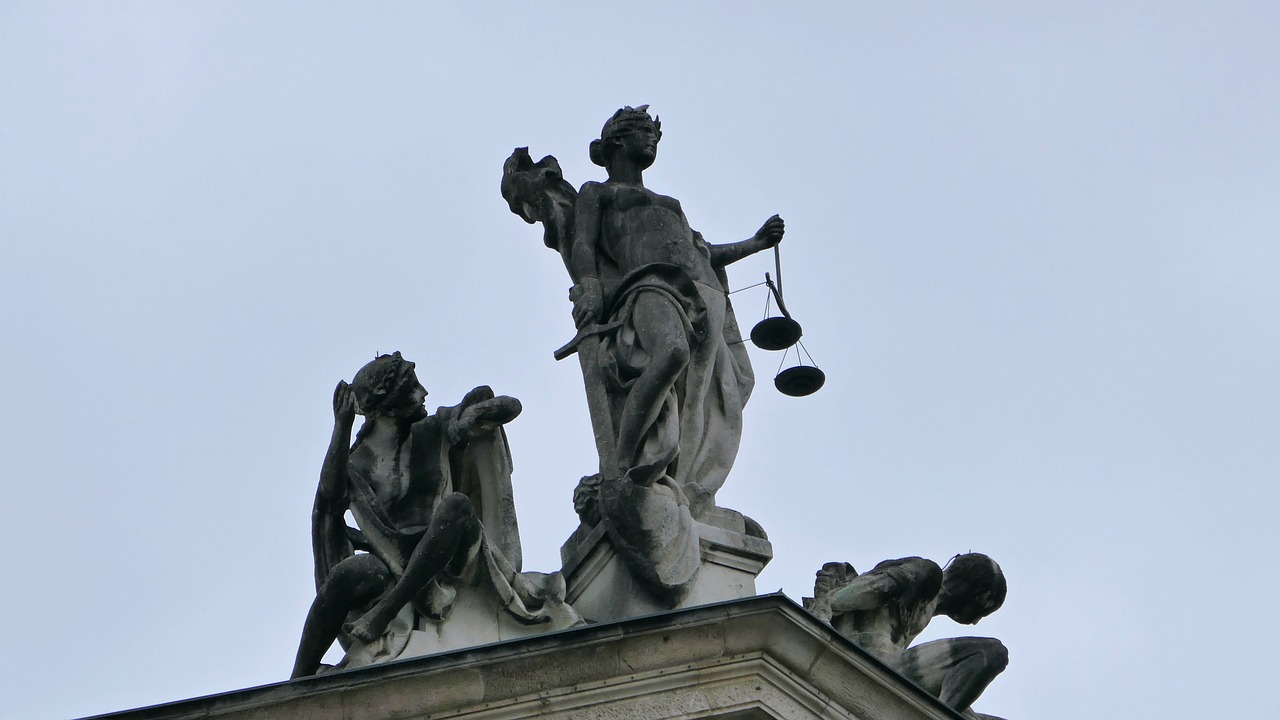Following widespread criticism towards the ISDS mechanisms, the search for alternatives is on and different court systems are being considered. On the 10th of July 2017, the UN started discussions on investment dispute settlement and the establishment of an MIC (Multilateral Investment Court). The opportunity to correct the shortcomings of the previous dispute settlement systems, notably, corporate bias and the unfairness that results from it is NOW.
The Investor-State Dispute Settlement (ISDS) mechanisms are provisions included in most international investment agreements, since the late 1950s. As the name suggests, the role of the ISDS is to act as a “referee” or arbitrator in the event of a dispute between an investor and a state. These generally occur when a foreign investor feels that a host country has discriminatory practices towards their assets or investments which might sometimes just be new policies a government will try to implement, such as health or environmental policies, hindering certain investors’ profits. In recent years, pushed by numerous critiques stressing its unfairness, the search for an alternative to this flawed system has become urgent. Building from the European Commission’s experiences and recent proposals, the UN has to establish a Multilateral Investment Court (MIC) which corrects more, if not all, of the weaknesses of the original ISDS mechanism.
- ISDS is a unilateral settlement device which can only be used by investors against states. There is no equivalent for states, rendering their right to regulate vulnerable.
- This system allows the total bypass of domestic courts of justice, giving even less fighting power to a state against a foreign investor.
- The part-time arbitrators appointed for settlements are only experts in commercial law. What about other policy areas which are necessary in such decision-making processes, such as, health, environment, human rights or labour rights?
- The independence of these arbitrators is often called into question. Cases of conflict of interest between an arbitrator and an investor can be overlooked.
- Transparency is non-existent as most of ISDS arbitrations occur behind closed doors and details of cases are often protected under privacy policies.
Cecilia Malmström, the EU’s Trade Commissioner, proposed an alternative to ISDS in 2015 in the form of a project for an Investment Court System (ICS). This scheme was the EU’s first attempt to reform the original mechanism and make it fairer. It was envisioned to be included in the TTIP and CETA. It was also a first step towards the creation of the EU’s MIC proposal which is now inspiring the UN’s discussions on dispute settlement and the establishment of an international MIC.
Contrary to ISDS, the European Commission’s MIC is conceptualised as a court system and not as ad hoc arbitration tribunals. It would be composed of a first instance and an appeal tribunal, with the appointment of permanent judges. The system would be open to all countries and effective enforcement mechanisms would be put in place.
Unfortunately, despite some differences, the proposed MIC bears the marks of the old ISDS system and fails to correct its most critical weaknesses. The corporate bias is not resolved, as access to the MIC is still only one-sided, with investors being the only possible claimants. The creation of an appeal tribunal is not enough to reduce this partiality. Furthermore, there is an evident lack of clarity and absence of definition of precise measures required to ensure transparency, accountability and diversity of expertise of judges.
Undoubtedly, our current ISDS system is flawed and the five points developed above underscore the need for change. The UN has to address these weaknesses of the EU’s MIC and find concrete and long term solutions rapidly. Its success is crucial and not so for ethical reasons only: The shortfalls of the current mechanism are synonymous with real world consequences. The corporate bias within dispute settlement systems damages governments’ right to regulate. For developing countries, that often means stepping back from important environmental and health policies. A telling example is brought to us by the Philip Morris International vs Togo ISDS case.
It is time for the UN to act and draw the right lessons from the EU attempt to construct a more robust MIC. No doubt the task will be arduous, but it is imperative. If the UN is keen to find an effective and sustainable solution, priority has to be given to one major aspect. The UN’s MIC has to adopt a two-way system whereby the dispute settlement device can be used not only by the investors but also by the states, reducing the infamous corporate bias and making the system fairer.
2 comments













2 Comments
Ailin
14/10/2017, 6:20 pmWhile I agree with the majority of criticisms levelled against ISDS, particularly the broad standards upon which adjudication is based, two questions arose reading this op-ed:
1) when stating that the UN “has” to establish a MIC, where does this obligation stem from?
2) I am not wholly convinced by your argument that states should be able to bring claims against investors. What types of claims did you envisage in this regard? It is my understanding that ISDS, akin to IHRL, provides ‘rights’ to investors, i.e. the treatment standards provide limits upon the conduct of states parties to such international trade/ investment agreements. However, no equivalent obligations are imposed on investors, so I am not sure what would be the basis of the states’ claims.
REPLYAre we moving forward? – A new-generation of trade agreements for the EU | Politheor
05/02/2018, 4:33 pm[…] more topics such as services or investments, critics appear as well. This is the case of the investment dispute settlement mechanism, which encountered resistance in the case of CETA. Although this new-generation of agreements is a […]
REPLY